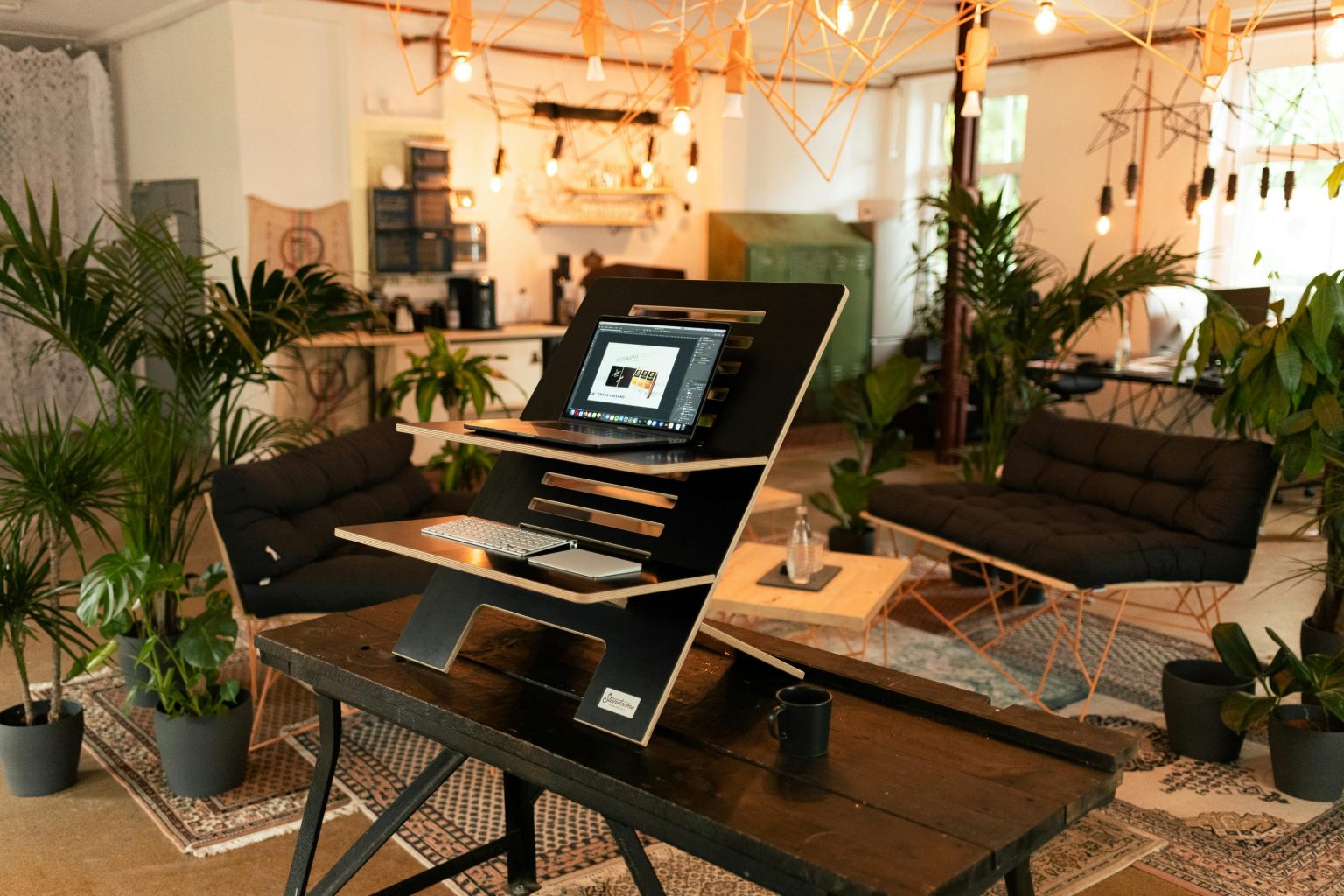Photo Source: ‘Maximalism’, by Pexels
There are some big questions we all have to face in life, like are you an early bird or a night owl? An introvert or an extrovert? Do you like Marmite or do you hate it? Are you a minimalist or a maximalist? If you find yourself feeling unsure about that last question, you’re in luck, because this is a simple guide to help you consider exactly where you fit!
Minimalism
Minimalism at its core, is about doing more with less. According to the Encyclopaedia Britannica it began initially as an art movement focused on simplicity, but has become a wider cultural phenomenon since then. It is all about minimising distraction, simplifying your space and learning to live with less. Think of Marie Kondo’s tidying up method, which focuses on ‘choosing what sparks joy’ when deciding on how to arrange your living space.
So how do you fit in with all of this?
Taking a minimalist approach to your lifestyle and living space can be a great way to declutter and be more mindful. You may think that simplifying your space is a difficult thing to achieve especially at University, where you don’t have complete control over what your room looks like, but that’s perfectly fine. It is important to remember that you don’t need uniform furniture, blank white walls and aesthetically pleasing high end décor to practice minimalism. What you need to consider, are the things within your space that you love, and things you may be able to do without, donate or sell. Think carefully about ways to create space on your walls, how to utilise your storage well, and declutter your room to achieve simplicity and calm within your environment.
Maximalism
Maximalism on the other hand is all about how “more is more”. In many ways, this art movement and lifestyle is the antithesis of minimalism and focuses on adding fun to your environment. Arguably, wealthy people in the past have been real connoisseurs of maximalism, with their ability to afford decadence and excess in their clothing, decoration and lifestyle. Think of Jackson Pollock, whose iconic art style exemplifies the fun and variety that a maximalist aesthetic can bring. It’s really all about combining shapes, patterns, textures and colours.
But how can you achieve this at university?
Whilst you may not have the opportunity to spend as much as you would like on things for your room or your home, it doesn’t mean you can’t engage with the maximalist aesthetic. From charity shops to car boot sales, there are accessible and cheap ways to purchase items you know will make your space pop. Consider starting a collection of items that you love, like plants, art prints or even Funko pops. Remember to have fun with your décor choices and don’t be afraid to try new things!
Personally, I have always leaned towards minimalism with my interior design, trying my best to simplify my environment, but I have plenty of friends who thrive with a maximalist approach to their décor. I hope that no matter where you fit on this scale, you can have fun engaging with these aesthetics.
Edited by Sophia Tilbury


